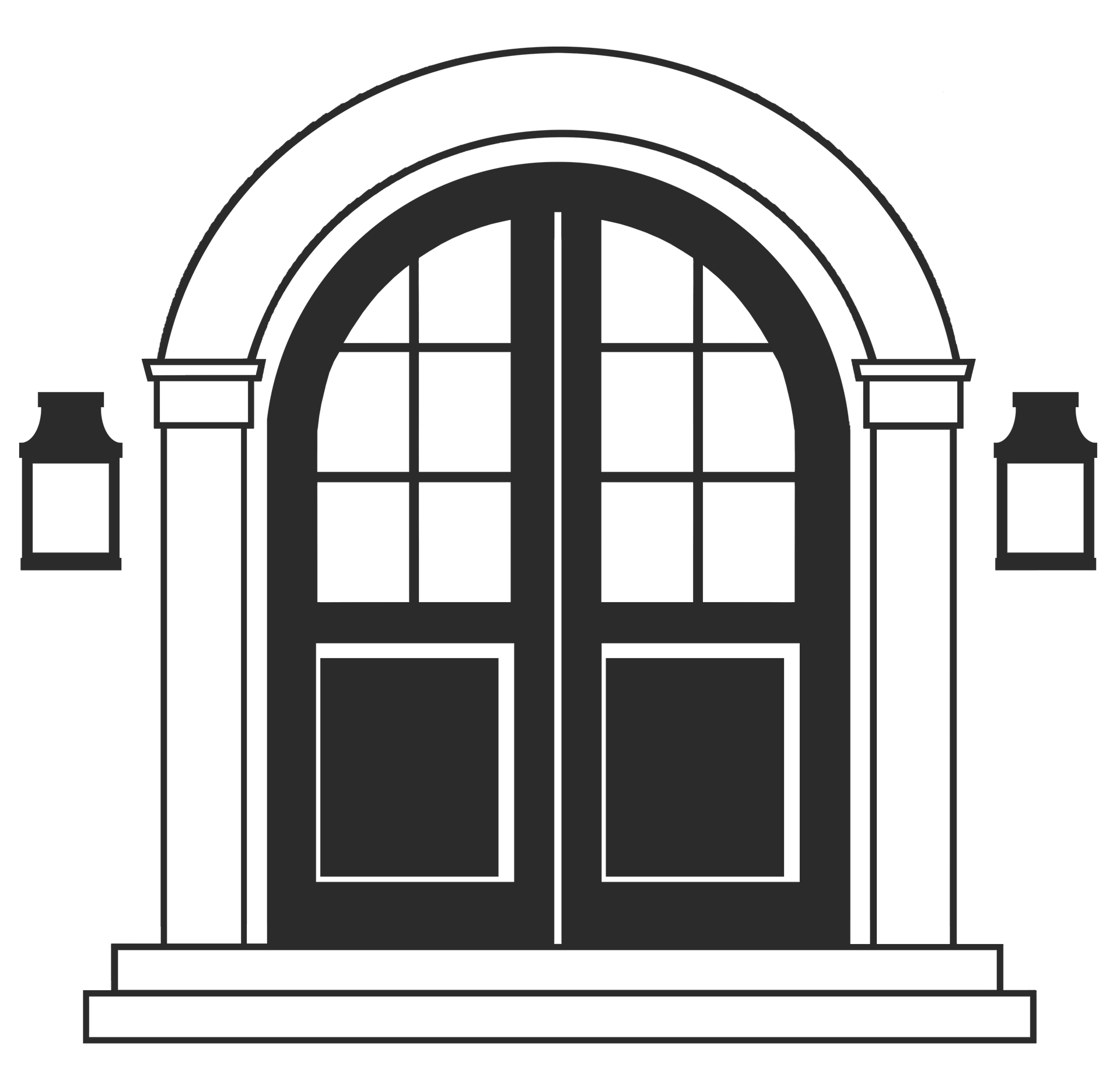Creating a Bold Oasis: Transforming Your Home into a Vibrant Retreat
In today's fast-paced world, our homes should serve as sanctuaries—places where we can escape the chaos and immerse ourselves in comfort and beauty. A Bold Oasis embodies this concept, transforming ordinary spaces into vibrant retreats filled with lively colors, dynamic patterns, and personal touches.
Understanding the Concept of a Bold Oasis
A Bold Oasis is more than just an aesthetically pleasing space; it's a carefully curated environment that stimulates the senses and promotes well-being. This design philosophy encourages homeowners to embrace bold choices that reflect their personalities while creating a harmonious atmosphere. The key is to balance vibrant elements with thoughtful design principles to avoid overwhelming the senses.
Infusing Lively Colors into Your Space
1. Choosing the Right Color Palette
The foundation of any bold oasis begins with color. While many shy away from bright hues for fear of clashing or overwhelming the space, incorporating bold colors enhances a room's energy. Start by selecting a primary color that resonates with you—anything from a rich teal to a sunny yellow. Once you have your base color, choose complementary shades that harmonize with it.
Accent Walls:
To create a focal point, consider painting one wall a bold hue or using wallpaper with striking patterns.
Color Blocking:
This technique involves painting different sections of walls in contrasting colors, adding depth and interest to the room.
2. Using Color Psychology
Understanding color psychology can help you choose hues that beautify your space and influence your mood. For instance:
Warm Colors (reds, oranges, yellows) evoke warmth and energy, making them perfect for social areas like living rooms.
Cool colors (blues, greens) promote calmness and relaxation and are ideal for bedrooms or meditation spaces.
By strategically placing these colors throughout your home, you can create an environment that supports vibrancy and tranquility.
Dynamic Patterns: Adding Visual Interest
1. Mixing Patterns
Incorporating various patterns is essential for achieving a bold oasis. Mixing different designs—such as geometric shapes, florals, and stripes—can create an engaging visual narrative. Here are some tips for successfully blending patterns:
Scale Matters:
To maintain balance, combine large-scale patterns with smaller ones. For example, pair oversized floral curtains with a subtle geometric throw pillow.
Color Coordination: Ensure that the colors within your patterns complement each other to create cohesion throughout the space.
2. Statement Textiles
Textiles play a significant role in establishing the mood of your oasis. Consider using bold fabrics for upholstery, curtains, or throw pillows:
Rich Velvets: These add depth and luxury while enhancing color vibrancy.
Textured Fabrics: Incorporate materials like linen or silk alongside bolder prints to create layers of texture that invite touch and comfort.
Creating Zones Within Your Bold Oasis
A well-designed bold oasis should have distinct areas that serve different purposes while maintaining a cohesive look. Here are ways to define these zones:
1. Furniture Arrangement
Strategically arranging furniture can help delineate spaces without physical barriers:
Conversation Areas:
Use sofas and chairs around a coffee table to foster interaction in living spaces.
Reading Nooks:
Create cozy corners with comfortable seating and good lighting for relaxation or reading.
2. Area Rugs
Area rugs can visually separate spaces while adding warmth and texture:
Choose rugs that incorporate colors from your palette to tie different zones together.
Consider layering rugs for added depth—placing a smaller patterned rug over a larger solid can create an inviting atmosphere.
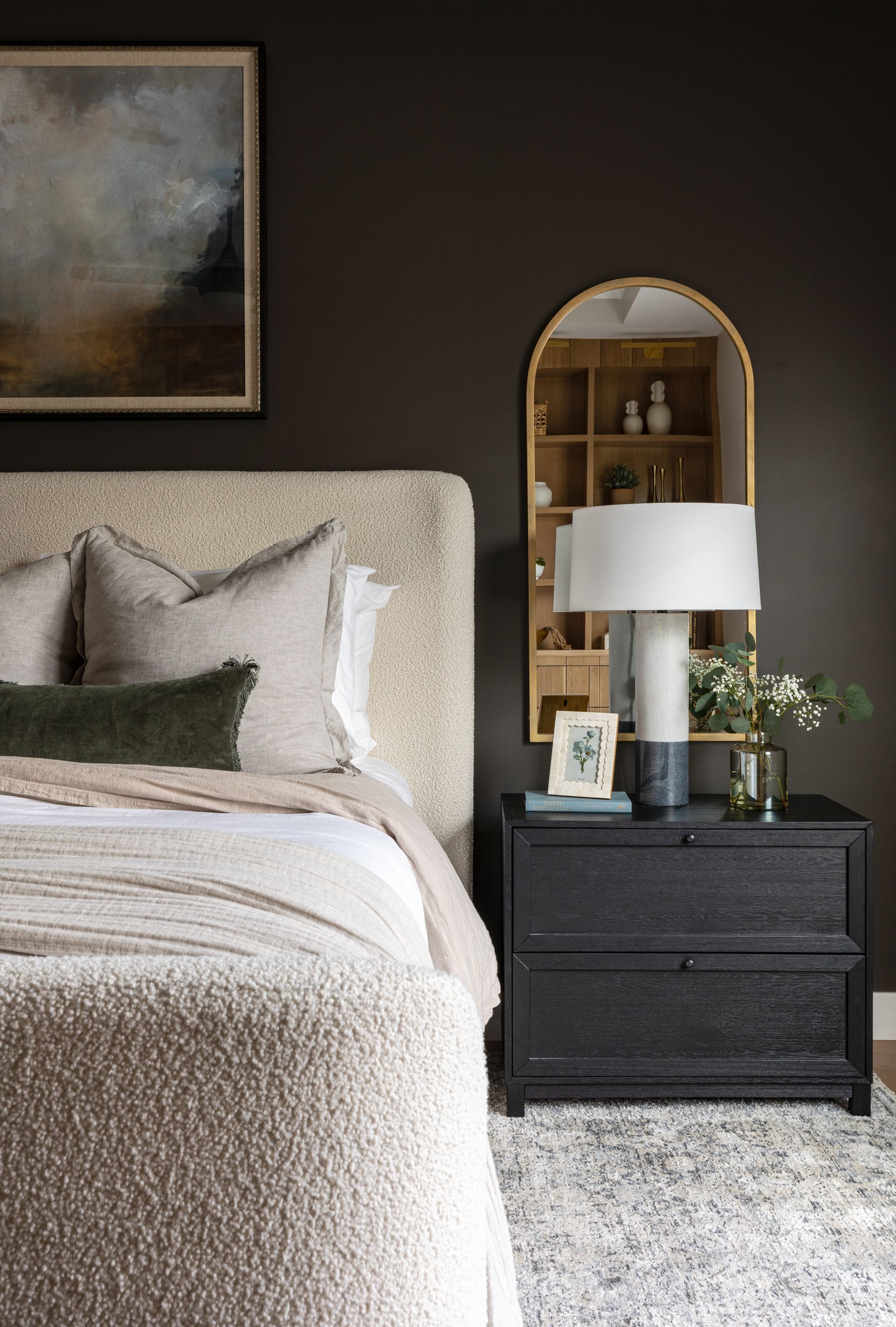
Bringing Nature Indoors
Integrating natural elements into your bold oasis enhances its vibrancy while promoting tranquility:
1. Indoor Plants
Plants not only purify the air but also add life and color to your space:
Choose bold plants like fiddle leaf figs or snake plants that make strong visual statements.
Create vertical gardens or use hanging planters for an artistic touch.
2. Natural Materials
Incorporate materials such as wood, stone, or bamboo to ground your design:
Use reclaimed wood for furniture or accents to add warmth and character.
Consider stone countertops or decorative elements that bring an organic feel into your home.
Lighting: The Finishing Touch
Lighting is crucial in setting the mood of your bold oasis:
1. Layered Lighting
Utilizing multiple light sources at varying heights creates depth and ambiance:
Combine overhead fixtures with floor lamps and table lamps for versatility.
Use dimmers to adjust lighting levels according to mood or time of day.
2. Statement Fixtures
Choose bold lighting fixtures that serve as focal points:
Opt for oversized chandeliers or artistic pendant lights that reflect your style while illuminating the space effectively.
The Importance of Hiring Professional Interior Designers
While creating a bold oasis can be an exciting journey, navigating design choices can be overwhelming. Hiring professional interior designers offers several advantages:
- Expertise in Design Principles: Designers understand how to effectively balance colors, patterns, and textures to achieve your desired aesthetic without compromising functionality.
- Access to Resources: Professionals can access exclusive materials and furnishings that may not be available to the general public, allowing for unique design solutions.
- Project Management: Designers manage all aspects of your project—from concept development through installation—ensuring everything runs smoothly.
- Tailored Solutions: They work closely with you to understand your vision and lifestyle needs, creating personalized designs that reflect your identity.
- Budget Optimization: Experienced designers can help you maximize your budget by sourcing quality materials at competitive prices while avoiding costly mistakes.
Transforming your home into a Bold Oasis involves embracing vibrant colors, dynamic patterns, natural elements, and thoughtful design principles that reflect your personality while promoting well-being. You can create an inviting retreat that energizes and inspires by carefully curating each aspect of your space—from color palettes to furniture arrangements.
Engaging professional interior designers can further enhance this process by providing the expertise and resources necessary to achieve the perfect balance between boldness and comfort in your home. With their guidance, you can confidently embark on this transformative journey toward creating your own vibrant sanctuary—a true Bold Oasis where you can unwind and thrive amidst life's demands.
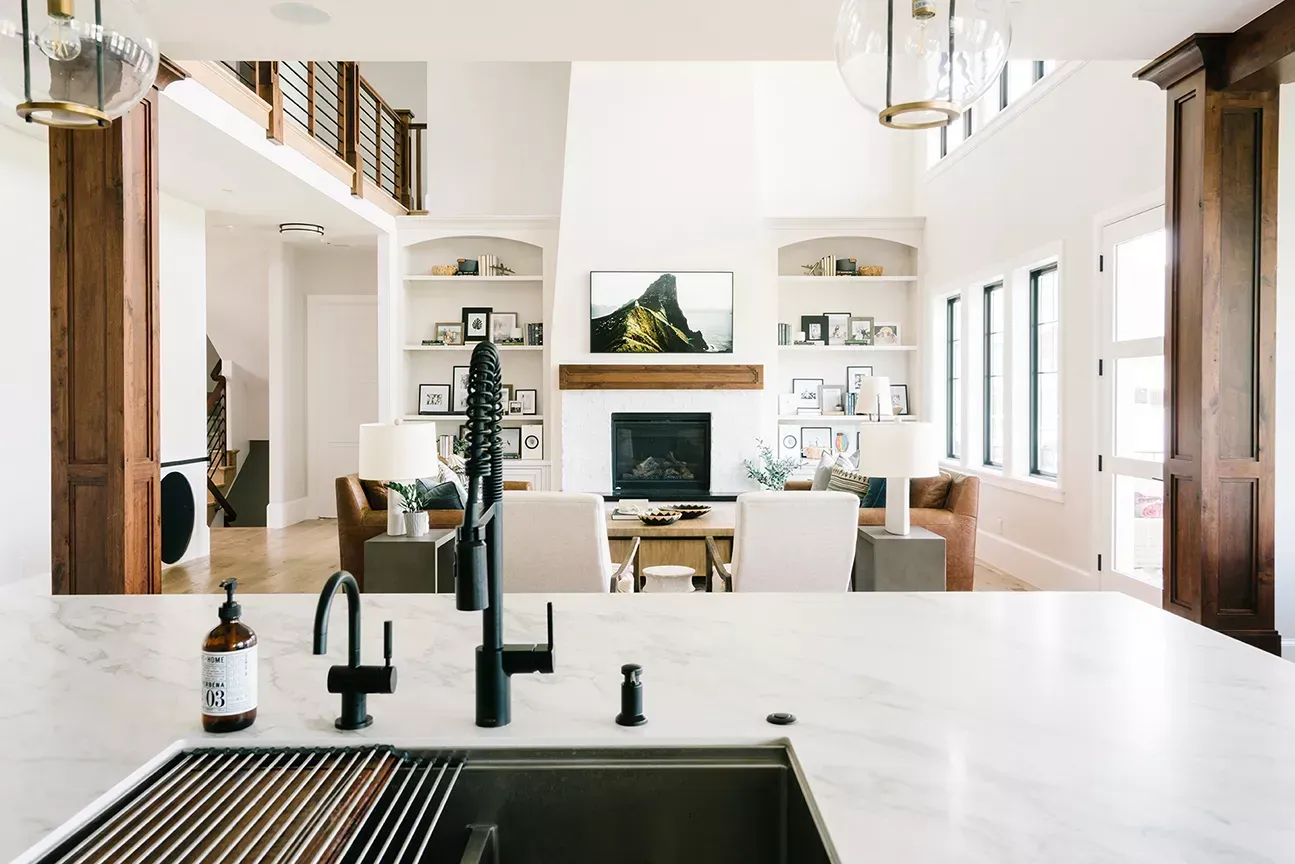
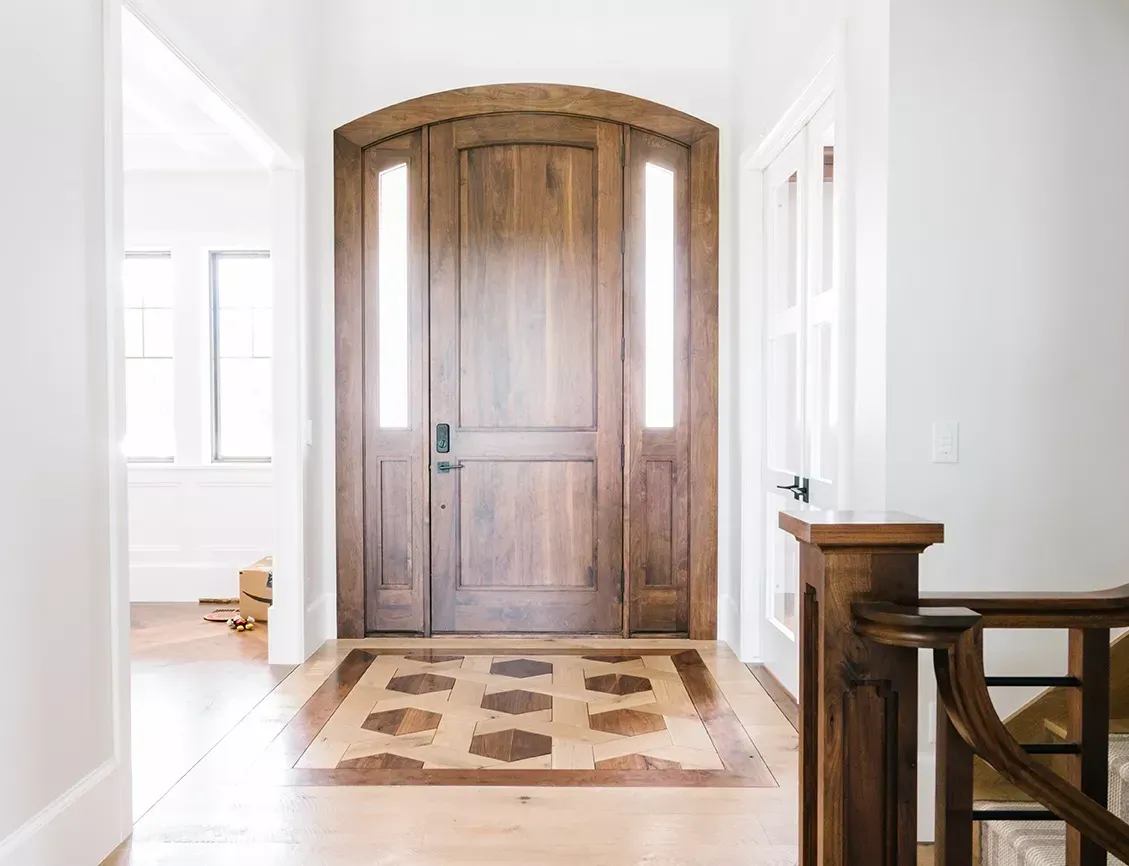
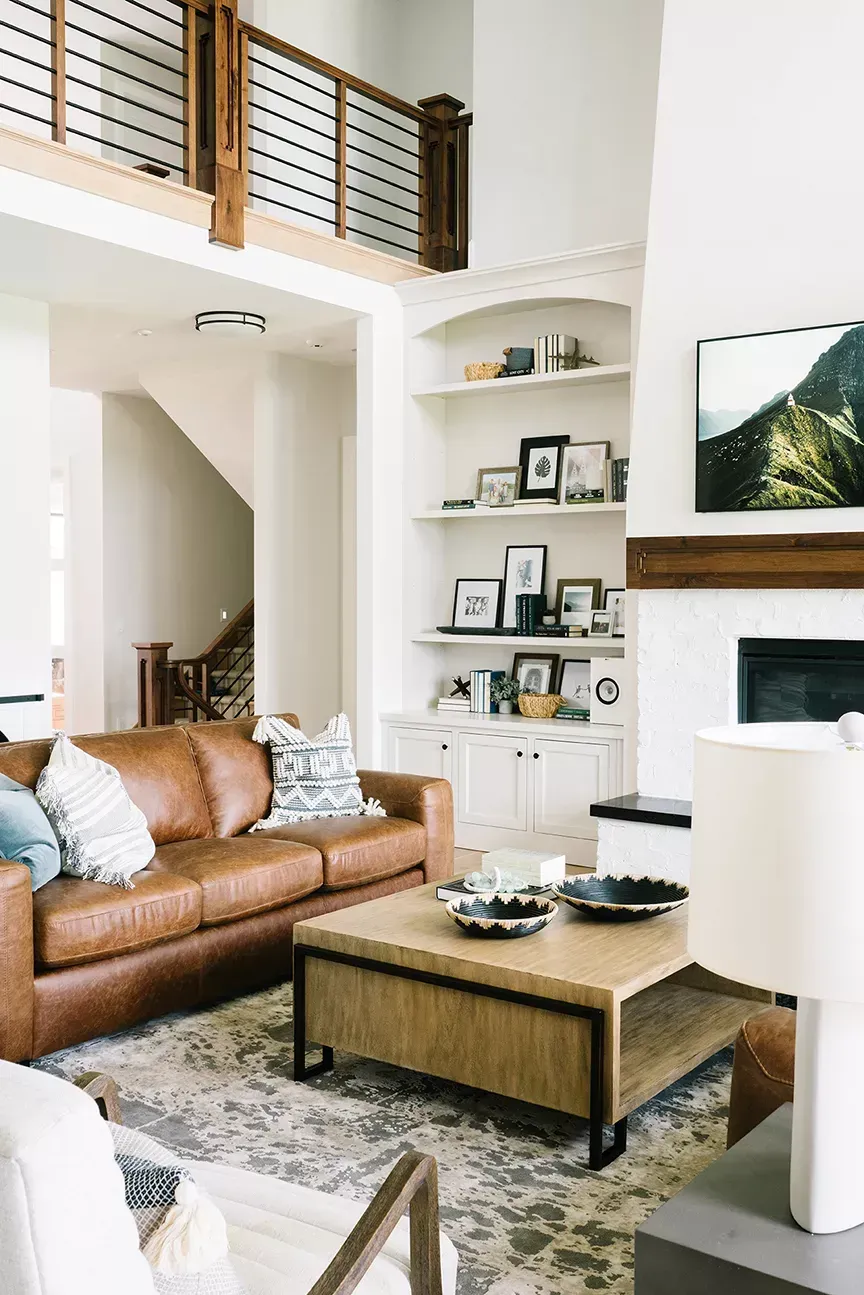
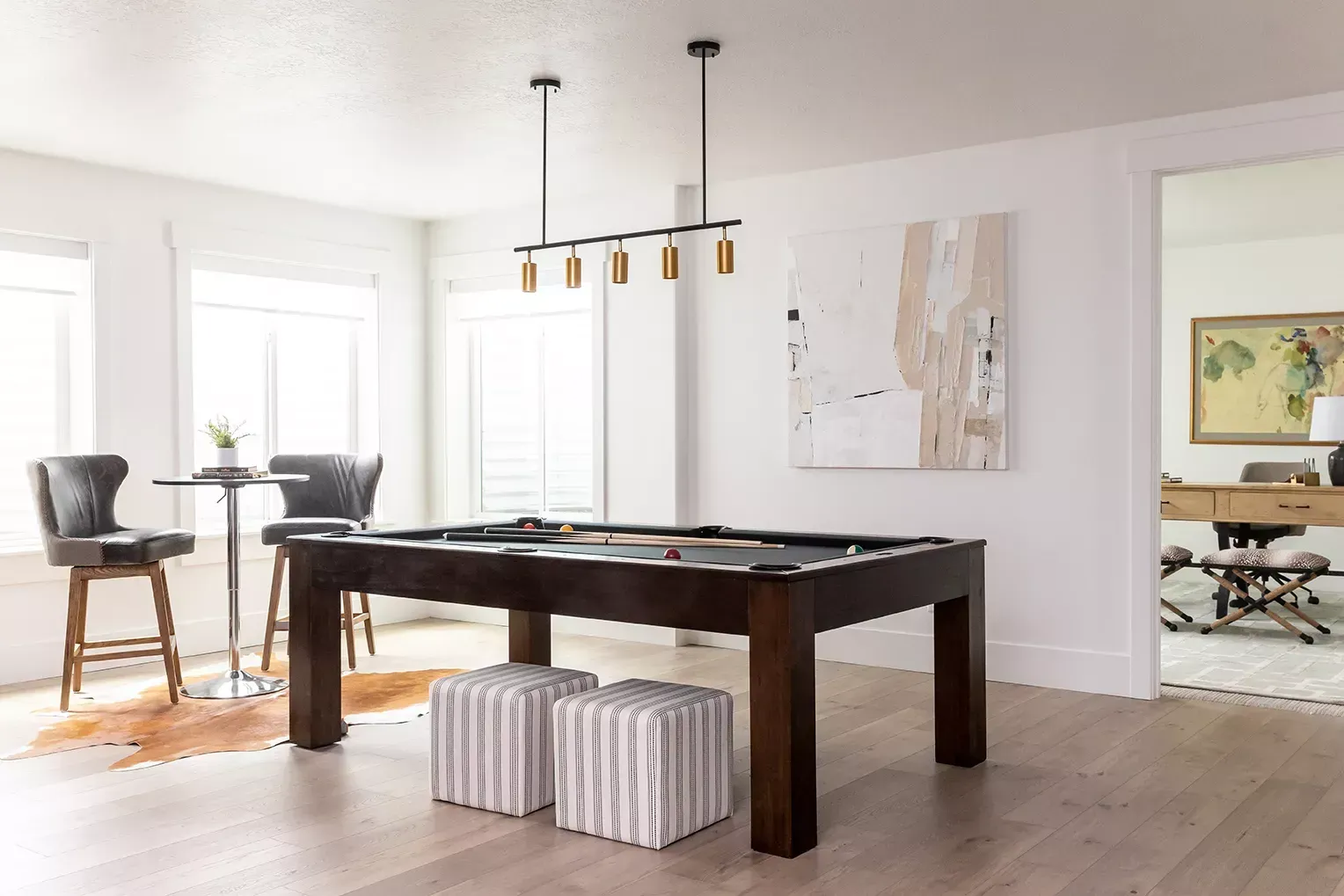
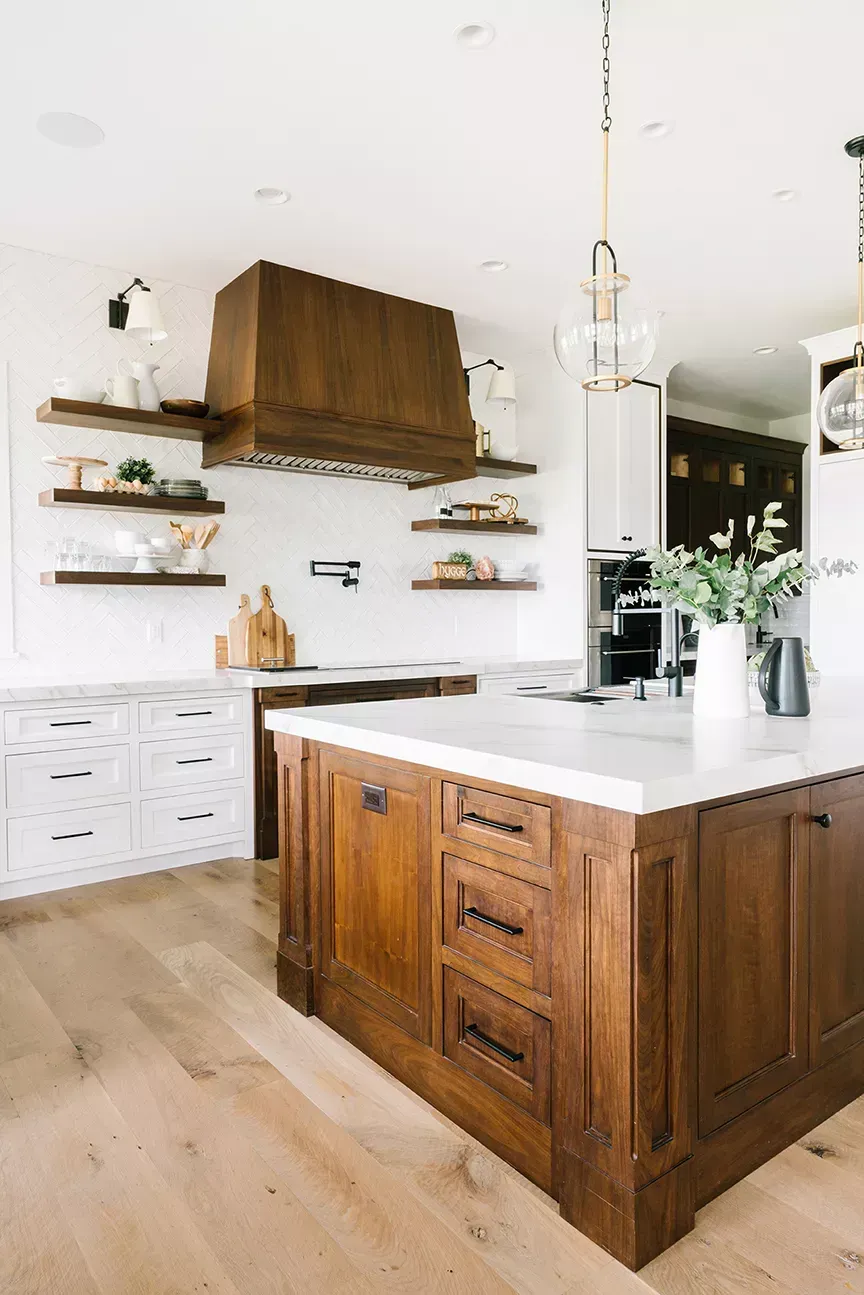

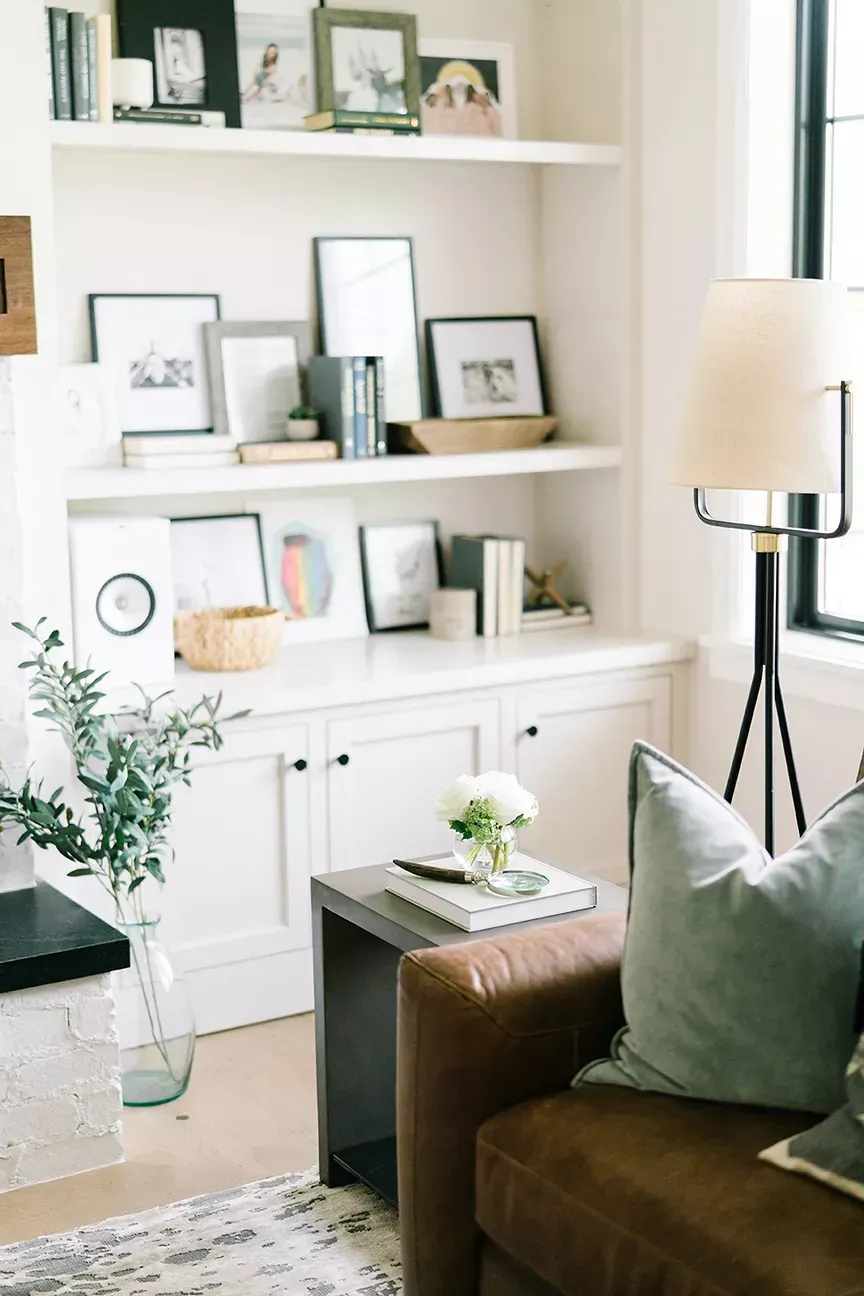
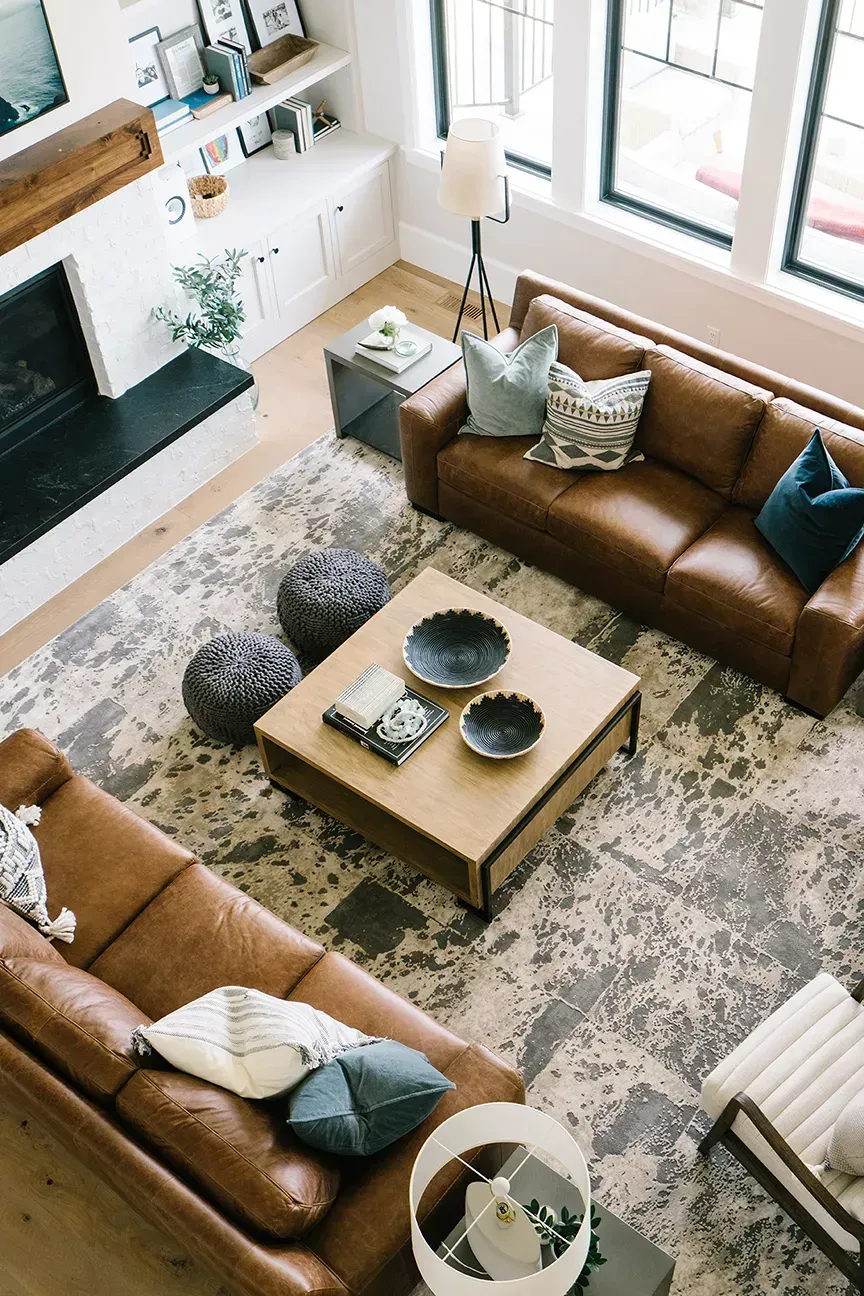

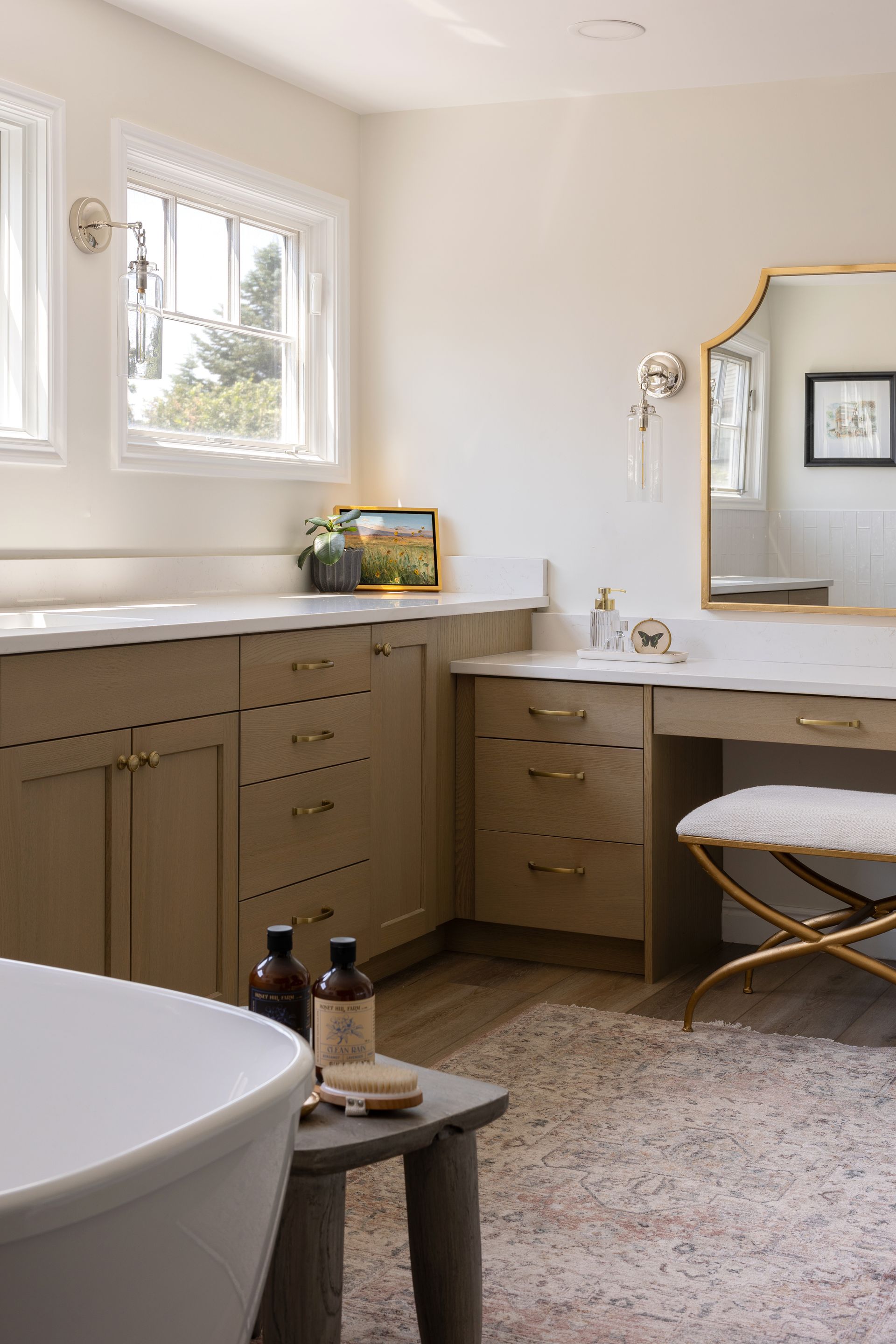
Book a Discovery Call
We’d love to hear about your current or upcoming project and see how we can help you!


